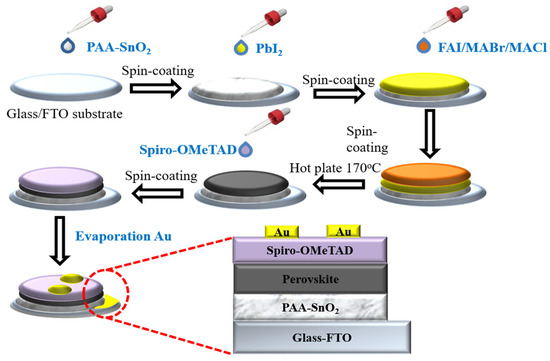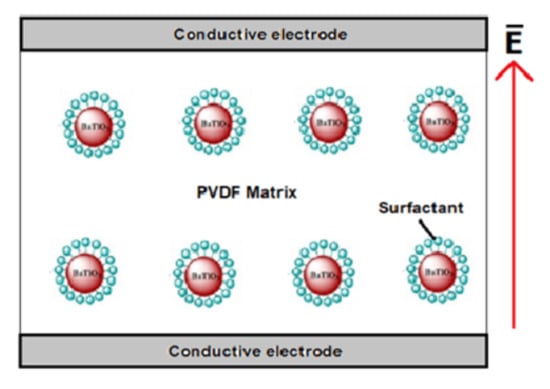Functionalized Polymeric Composites for Energy Conversion Systems, Optoelectronic and Biomedical Applications
A topical collection in Polymers (ISSN 2073-4360). This collection belongs to the section "Polymer Composites and Nanocomposites".
Viewed by 11803Editors
Interests: fuel cells; water splitting; water electrolysis; membranes; nanocomposite materials; green chemistry
Interests: organic chemistry; medicinal chemistry; chemosensors; organic methodology; green solvents; catalysts
Interests: electrocatalyst for oxygen evolution reaction (OER); hydrogen evolution reaction (HER); oxygen reduction reaction; oxygen reduction reaction (ORR); water splitting; metal-air battery; fuel cell; electrochemical sensors
Topical Collection Information
Dear Colleagues,
The functionalised and modified polymer electrolyte membrane and its composite materials have widely played a significant role in the development of advanced science and technologies in energy storage and conversion devices, biomaterials, optoelectronics, etc. and they are constantly increasing and expanding over every field of technology. Modern polymer technology can enable the precise control of polymer morphology, which satisfies the required performance in high-technology devices. Besides, polymers are complex materials that are useful candidates for sensor and biomedical applications. The polymer composites are alternatives to classical chemicals which consist of high efficiency, precision, and suitability. One of the most significant characters of the polymer composite has reduced stiffness in comparison to the glass fibre, that means that it can be used in a wide range of sensor and biomedical industries. Hence, the latest developments of polymeric materials pave the way to produce an inexpensive and dependable sensor and biomedical systems arranged for industrial application. Furthermore, sustainable polymer technology is expected to reach new scientific fields, as well as the development of existing industries in the future. Thus, we want to highlight the efforts of researchers who have contributed to recent development in various fields based on modern polymer technology as the aims of this Topic Collection.
The topics of interest include, but are not limited to:
- Synthesis and characterization of conductive polymers.
- Advanced organic-inorganic composite materials for application to electrochemical devices.
- Composite materials based on hydrocarbon membranes, including modelling for energy device application.
- Polymer electrolyte membrane for water electrolysis and fuel cell application.
- Polymer electrolyte for energy storage and conversion applications.
- Functional polymer for electrochemical applications.
- Functionalized polymers for antimicrobial, anticancer and tissue engineering applications.
- Polymeric materials for sensors applications, including chemosensors, gas sensors, etc.
Dr. Kyu Ha Lee
Dr. Palanisamy Ravichandiran
Dr. Shanmugam Ramakrishnan
Dr. Ji Young Chu
Collection Editors
Manuscript Submission Information
Manuscripts should be submitted online at www.mdpi.com by registering and logging in to this website. Once you are registered, click here to go to the submission form. Manuscripts can be submitted until the deadline. All submissions that pass pre-check are peer-reviewed. Accepted papers will be published continuously in the journal (as soon as accepted) and will be listed together on the collection website. Research articles, review articles as well as short communications are invited. For planned papers, a title and short abstract (about 100 words) can be sent to the Editorial Office for announcement on this website.
Submitted manuscripts should not have been published previously, nor be under consideration for publication elsewhere (except conference proceedings papers). All manuscripts are thoroughly refereed through a single-blind peer-review process. A guide for authors and other relevant information for submission of manuscripts is available on the Instructions for Authors page. Polymers is an international peer-reviewed open access semimonthly journal published by MDPI.
Please visit the Instructions for Authors page before submitting a manuscript. The Article Processing Charge (APC) for publication in this open access journal is 2700 CHF (Swiss Francs). Submitted papers should be well formatted and use good English. Authors may use MDPI's English editing service prior to publication or during author revisions.
Keywords
- Fuel cells
- Water electrolysis
- Batteries
- Supercapacitors
- Flow batteries
- Polymer electrolyte
- Polymer electrolyte membrane
- Conductive membranes
- Sensors
- Nanocomposite
- Antimicrobial
- Anticancer
- Cell biology
- Tissue engineering
- Bioimaging
- Gas sensing
- Analyte sensing












